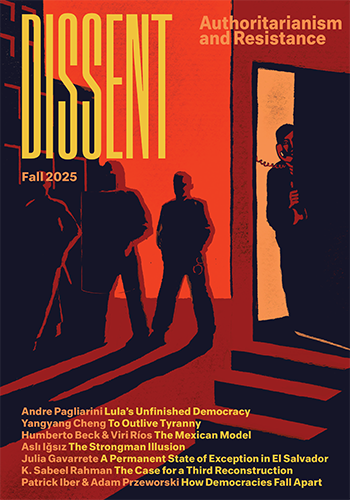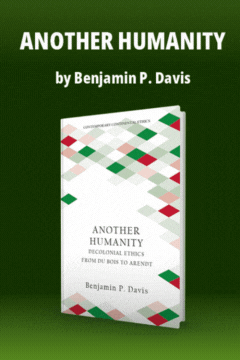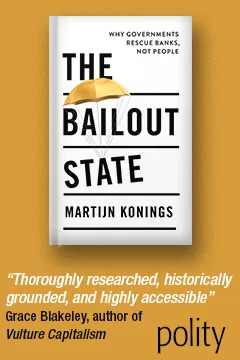Schools reflect a culture; they do not transform it—Unsigned review, The New Yorker, November 16, 1963. A university should not be a weather vane, responsive to every variation of popular whim. Universities must at times give society, not what society …
In a recent issue of Commentary, Norman Podhoretz published an article called “My Negro Problem—and Ours.” In it he told about the time a bunch of Negro kids clobbered him when he was a little boy in Brownsville, and how …
How to govern military technology—which potential weapons should have priority in development, what should be the “mix” of weapons in the military arsenal—and how to relate military strategy to foreign policy have become awesome problems in the nuclear age. Since …
Wednesday, the 24th October, was “United Nations Day” when every year one nation provides an artistic entertainment for the delegates. This year, it was the Russians’ turn; since morning the place had been swarming with coat-tailed members of the Leningrad …
The fan-magazine treatment of the handful of men in the President’s kitchen cabinet who steered the nation through the crisis of the Cuban blockade has become embarrassing. Washington had already become the Hollywood of the upper middle class, and fashion …
With the fatality of opportunism, the government is pursuing its prosecution of the Communist Party under the McCarran Act of 1950. After 12 years of harassment, it is now within striking distance and may again succeed — some triumph! —in …
“The sentiment of organized labor in the country is decidedly in favor of maintaining and encouraging the recognition of equality between colored and white workers….” “…to the union of the trade belongs absolute jurisdiction on all matters connected with the …
The plight of democratic India has aroused little compassion in America. If it is accurate to say that the Administration has handled the Indian crisis admirably—not too much pressure on the Nehru government, no moralizing, a restrained effort to create …

A roundtable on Dobbs and organized labor.
Editors: There are now two political prisoners behind bars in New Hampshire. On June 28, Hugo De Gregory was jailed for refusing to answer questions in New Hampshire’s “subversive investigation.” His imprisonment climaxes six years of persecution by N. H. …
I regret that Mr. Halpern preferred to avoid a direct discussion of the crisis in the Kibbutz. Instead, he saw fit to intuit my “motivational system,” socialist attitudes, and professional orientation. On such short acquaintance, this is rather remarkable presumption. …
The title I have given my remarks on Mr. Diamond’s essay-review on the crisis of the kibbutz movement amounts to a confession that I am going off on a tangent. Some apology should, no doubt, he made for such a …
I was with you before the monument of Bem When you raised high the flags of Hungary and Poland. I do not know who of you is wounded, who is dead Now that your voices are silent, and the fires …

A new book of poems from a workshop at Attica in the 1970s reveals how prisoners resisted the dehumanizing effects of incarceration.
A drive in Congress to pass some form of “preventive detention” law is the Nixon Administration’s first installment payment on its “crime in the streets” campaign slogan. Proposals currently before Congress range all over the map. Senator Byrd of Virginia …









